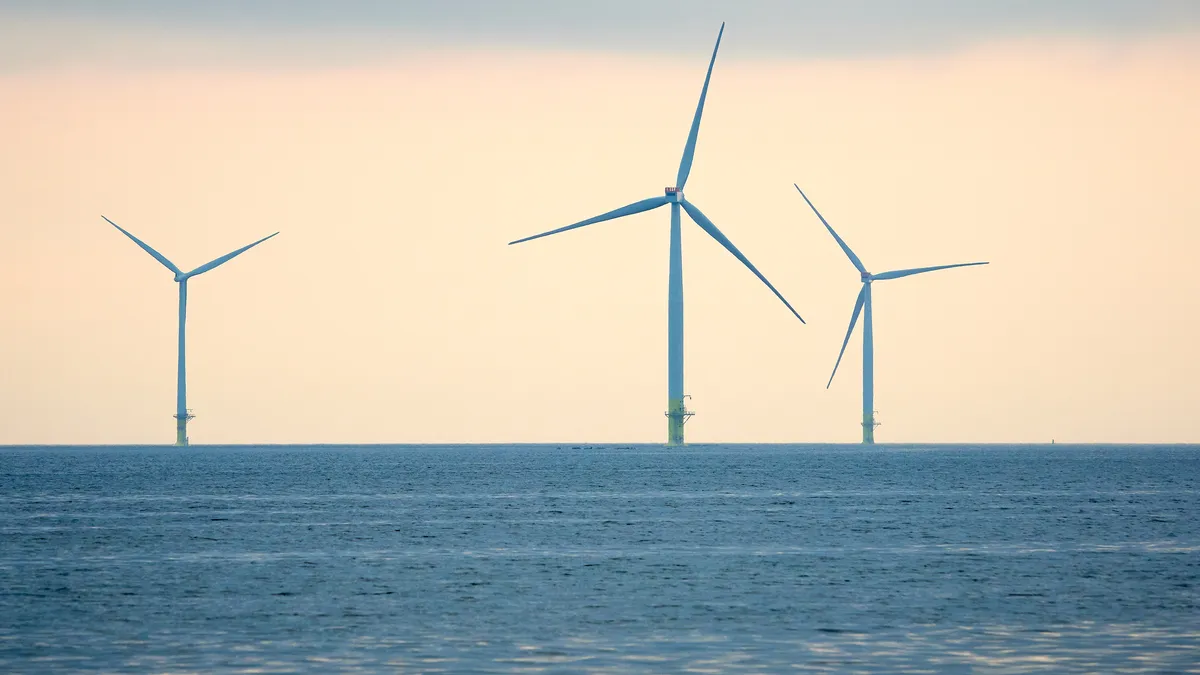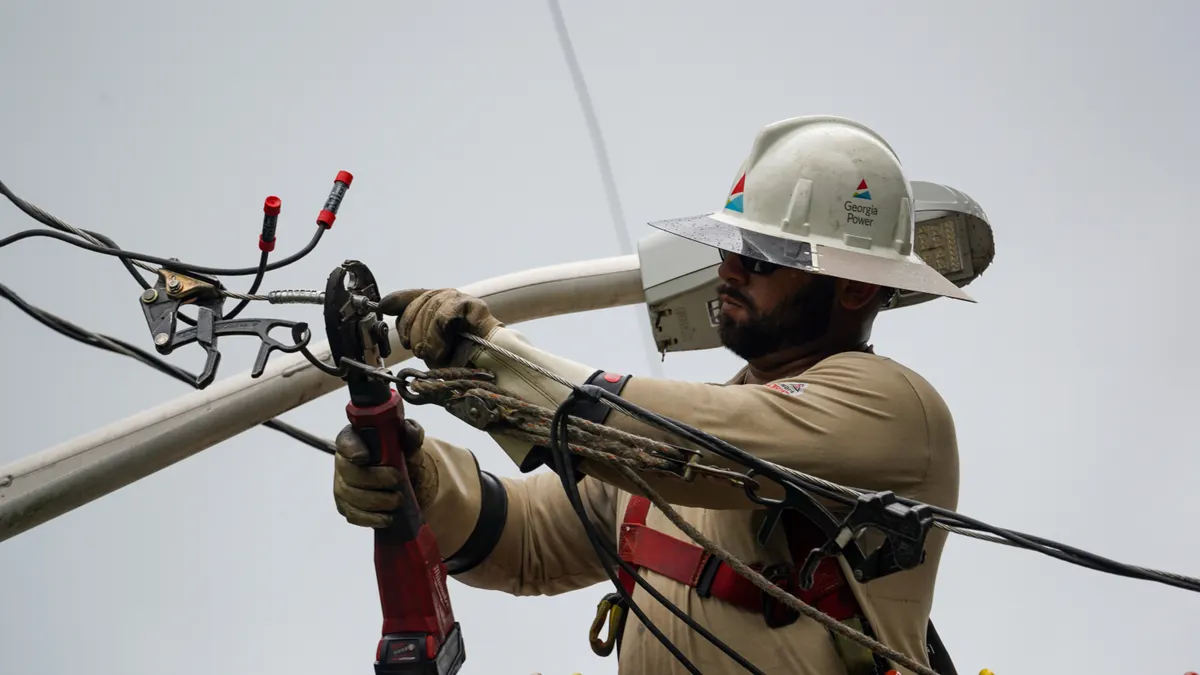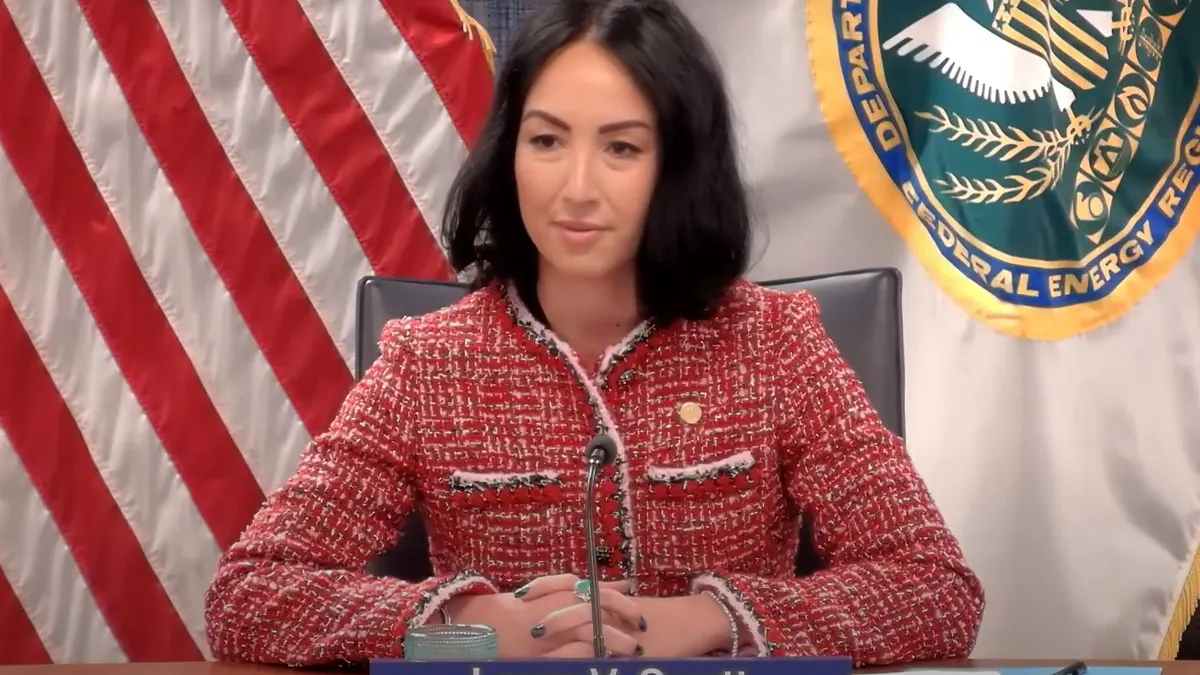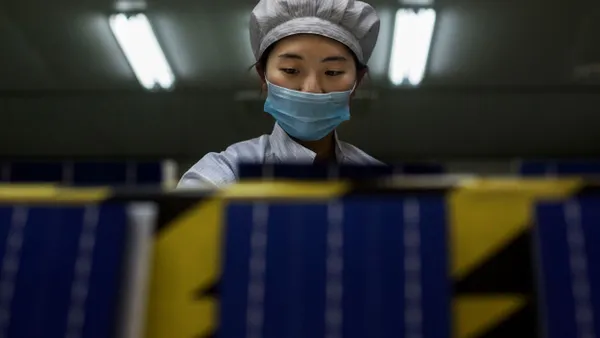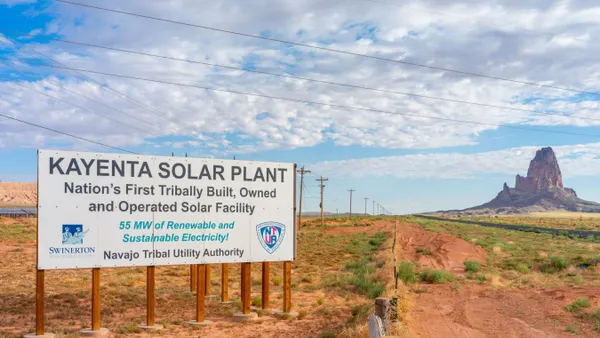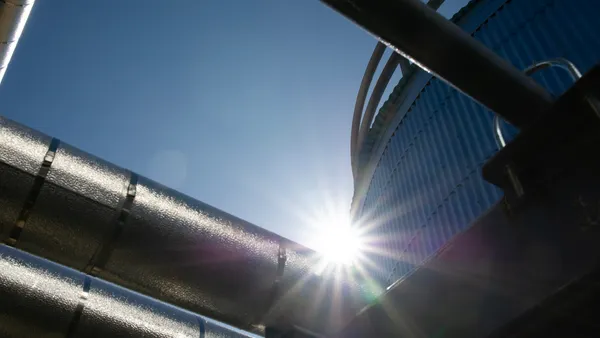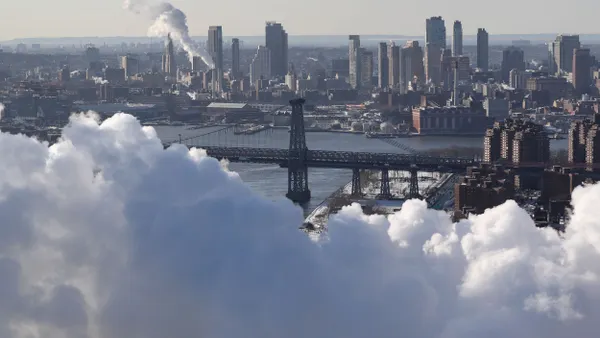The Trump administration’s order to stop work on Equinor’s 810-MW Empire Wind 1 project is “unlawful,” and the company is considering legal action, Equinor CEO Anders Opedal said during a Wednesday earnings call.
The project has a book value of $2.5 billion, with $1 billion covered by equity injections and the other $1.5 billion drawn from project finance debt, said CFO Torgrim Reitan.
“If the project is forced to stop due to the U.S. administration’s decision, the one and a half billion dollars will be repaid from the equity commitment to the project finance lenders,” Reitan said.
The project was ordered to stop work April 16 by Department of the Interior Secretary Doug Burgum, who said in a letter to the Bureau of Ocean Energy Management that the project was “rushed through by the prior administration without sufficient analysis or consultation among the relevant agencies as relates to the potential effects from the project.”
Empire Wind 1 is being built offshore New York and received BOEM’s approval of its construction and operations plan in February. The project was expected to reach completion in 2027. New York Governor Kathy Hochul, D, responded to the stop work order by calling it “federal overreach” and saying she would “fight [it] every step of the way.”
“What is happening now around the project is dramatic. It is extraordinary and unprecedented in a way,” Opedal said.
Opedal said the company is going to do impairment testing as it attempts to gauge the consequences of the stop work order, and “hopefully we will be able to create more clarity around the situation by the second quarter.”
“So there is a reason why we are very transparent on the economic exposure to [investors] ... hopefully that will put you in a situation to be prepared and have an opinion about that,” he said.
Opedal also noted that the uncertainty resulting from President Trump’s trade policies is creating a “new type of risk.”
“The whole world is used to dealing with macro uncertainty and maybe geopolitical turmoil,” he said. “But what we currently see is sort of a different type of risk as such, and that makes everyone more careful in taking risks.”



